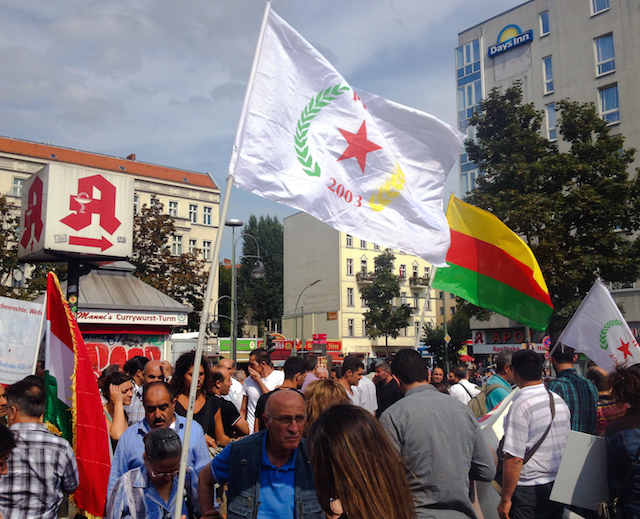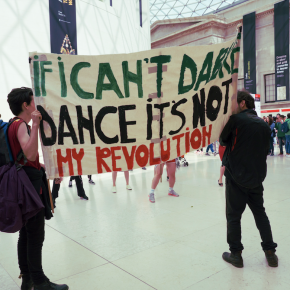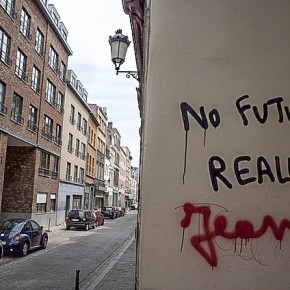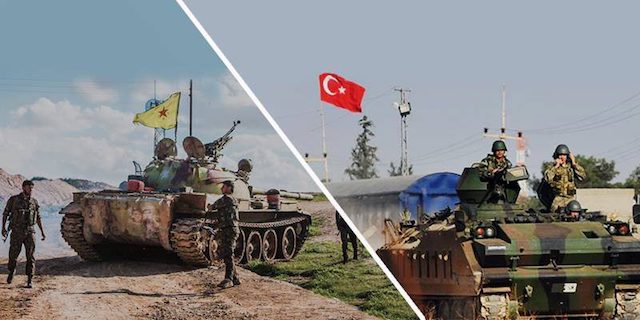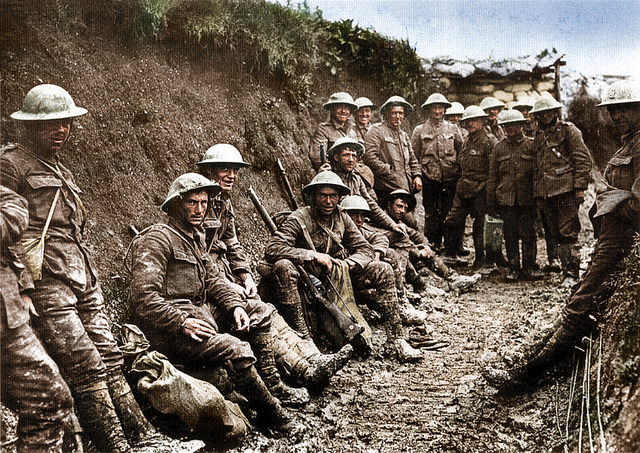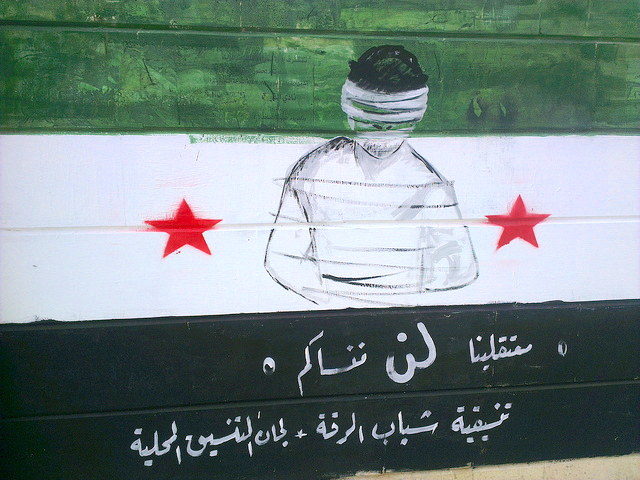Long before reaching Sujbulāk, there were indications of the vicinity of a place of some importance, caravans going both ways, asses loaded with perishable produce, horsemen and foot passengers, including many fine-looking Kurdish women unveiled, walking with a firm masculine stride, even when carrying children on their backs.
A few miles from the town two sowars met me, but after escorting me for some distance they left me, and taking the wrong road, I found myself shortly on a slope above the town, not among the living but the dead. Such a City of Death I have never seen.
A whole hour was occupied in riding through it without reaching its limits. Fifty thousand gravestones are said to stand on the reddish-gray gravel between the hill and the city wall, mere unhewn slabs of gray stone, from six inches to as many feet in height, row beyond row to the limit of vision—300,000 people, they say, are buried there.
There is no suggestion of “life and immortality.” Weird, melancholy, and terribly malodorous, owing to the shallowness of the graves, the impression made by this vast cemetery is solely painful. The tombs are continued up to the walls and even among the houses, and having been much disturbed there is the sad spectacle of human skulls and bones lying about, being gnawed by dogs.
The graveyard side of Sujbulāk is fouler and filthier than anything I have seen, and the odours, even in this beautiful weather, are appalling. The centre of each alley is a broken channel with a broken pavement on each side. These channels were obviously constructed for water, but now contain only a black and stagnant horror, hardly to be called a fluid, choked with every kind of refuse.
The bazaars are narrow, dark, and busy, full of Russian commodities, leather goods, ready-made clothing, melons, grapes, and pop-corn. The crowds of men mostly wore the Kurdish or Turkish costume, but black-robed and white-turbaned Seyyids and mullahs were not wanting.

Sujbulāk, the capital of Northern Persian Kurdistan, and the residence of a governor, is quite an important entrepôt for furs, in which it carries on a large trade with Russia, and a French firm, it is said, buys up fur rugs to the value of several hundred thousand francs annually. It also does a large business with the Kurdish tribes of the adjacent mountains and the Turkish nomads of the plains, and a considerable trade in gall-nuts. It has twenty small mosques, three hammams, some very inferior caravanserais, and a few coffee-houses. Its meat bazaar and its grain and pulse bazaars are capacious and well supplied.
It has a reputed population of 5000 souls. Kurds largely predominate, but there are so many Turks that the Turkish Government has lately built a very conspicuous consulate, with the aspect of a fortress, and has appointed a consul to protect the interests of its subjects. There are 120 Armenians, who make wine and arak, and are usurers, and gold and silver smiths. The Jews get their living by money-lending, peddling drugs, dyeing cotton goods, selling groceries, and making gold and silver lace.
There is a garrison, of 1000 men nominally, for the town and district are somewhat turbulent, and a conflict is always imminent between the Kurds and Turks, who are Sunnis, and the small Persian population, which is Shia. The altitude of Sujbulāk is 4770 feet. Here I have come upon the track of Ida Pfeiffer, who travelled in the Urmi region more than forty years ago, when travelling in Persia was full of risks, and much more difficult in all respects than it is now.
The Sanak, though clear and bright, is fouled by many abominations, and by the ceaseless washing of clothes above the town; there are no pure wells, and all people who care about what they drink keep asses constantly bringing water from an uncontaminated part of the river, two miles off. Even the governor has to depend on this supply.
Sujbulāk looks very well from this camp, with the bright river in the foreground, and above it, irregularly grouped on a rising bank, the façade, terraces, and towers of the governor’s palace, the fort-like Turkish consulate, and numbers of good dwelling-houses, with balakhanas painted blue or pink, or covered with arabesques in red, with projecting lattice windows of dark wood, and balconies overhanging the water.
This shingle where I am encamped is the Rotten Row of the town, and is very lively this evening, for numbers of Kurds have been galloping their horses here, and performing feats of horsemanship before the admiring eyes of hundreds of promenaders, male and female, most of the latter unveiled. As all have to cross the ford where the river is some inches above a man’s knees, the effect is grotesque, and even the women have no objection to displaying their round white limbs in the clear water. The ladies of the Governor’s andarun sent word that food and quarters had been prepared for me since noon, but I excused myself on the plea of excessive fatigue.
This message was followed by a visit from the governor’s foster-mother, an unveiled jolly woman, of redundant proportions, wearing remarkably short petticoats, which displayed limbs like pillars. A small woman attended her, and a number of Kurd men, superbly dressed, and wearing short two-edged swords, with ebony hilts ornamented with incrustations of very finely-worked filigree silver. These weapons are made here. The lady has been to Mecca, and evinces much more general intelligence than the secluded women. She took a dagger from one of the attendants, and showed me with much go how the thrusts which kill are made.
Adapted from Isabella L. Bird’s Journeys in Persia and Kurdistan (1891). Photographs courtesy of Joel Schalit. Published under a Creative Commons license.
